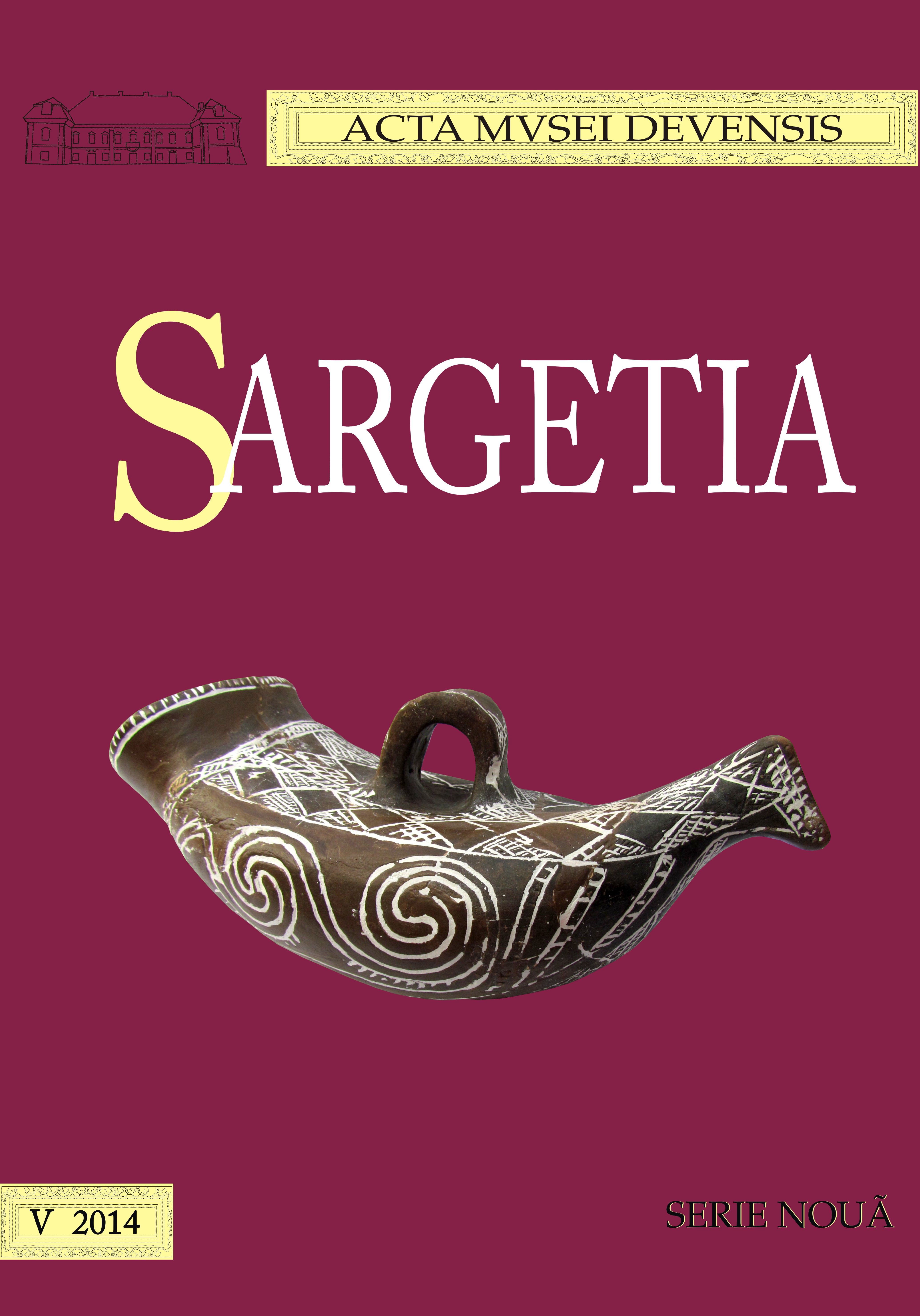Istoria unei arme. Falx Dacica păstrată în colecţiile Muzeului Naţional de Istorie a Transilvaniei,
Cluj-Napoca
The History of a Weapon. Falx dacica Kept in the Collections of The National Museum of Transylvanian History Cluj-Napoca
Author(s): Alin HenţSubject(s): Archaeology
Published by: Editura Altip
Keywords: falx; Grădiştea de Munte – Sarmizegetusa Regia; National Museum of Transylvanian History; Cluj-Napoca
Summary/Abstract: The present paper aims to clarify the place, context and year of discovery of a representative weapon for the archaeological site of Grădiştea de Munte – Sarmizegetusa Regia. On this occasion I specified some morphological details that were not mentioned so far in the archaeological literature. This article is dedicated to a Dacian curved sword, a type known in the ancient sources as falx, and kept in the collections of the National Museum of Transylvanian History, Cluj-Napoca. This curved sword was published many times in the archaeological literature. The history of this weapon begins with its first publication in 1979 in Civilizaţia fierului la daci. In this book, it is mentioned that the curved sword was found in the metallurgical workshop on the 8th terrace from Grădiştea de Munte – Sarmizegetusa Regia in 1952. Indeed, a curved sword (falx) was discovered that year in that place, but it was a different curved sword. After an investigation in the weapon's bibliography, I found in another paper that this curved sword was discovered on the 3rd terrace from Grădiştea de Munte – Sarmizegetusa Regia. Furthermore, with the help of Răzvan Mateescu (National Museum of Transylvanian History, Cluj-Napoca), I can state that the curved weapon was discovered on the 3rd terrace belonging to the Plateau with 6 terraces from the western civilian district in 1955. The morphological features that I wanted to bring forth in this study are the presence of a second cutting edge on the convex part of the blade, of 4,5 cm, starting from the tip. Also, the weight of the sword kept today, after the reconditioning and conservation work is around 300 grams. Although archaeological finds of this type of weapon are few and most of them are concentrated in the Orăştie Mountains, the curved sword, falx, is considered in the historiography an “ethnic” and “national” symbol.
Journal: Sargetia. Acta Musei Devensis
- Issue Year: 2014
- Issue No: 5
- Page Range: 109-121
- Page Count: 13
- Language: English, Romanian

